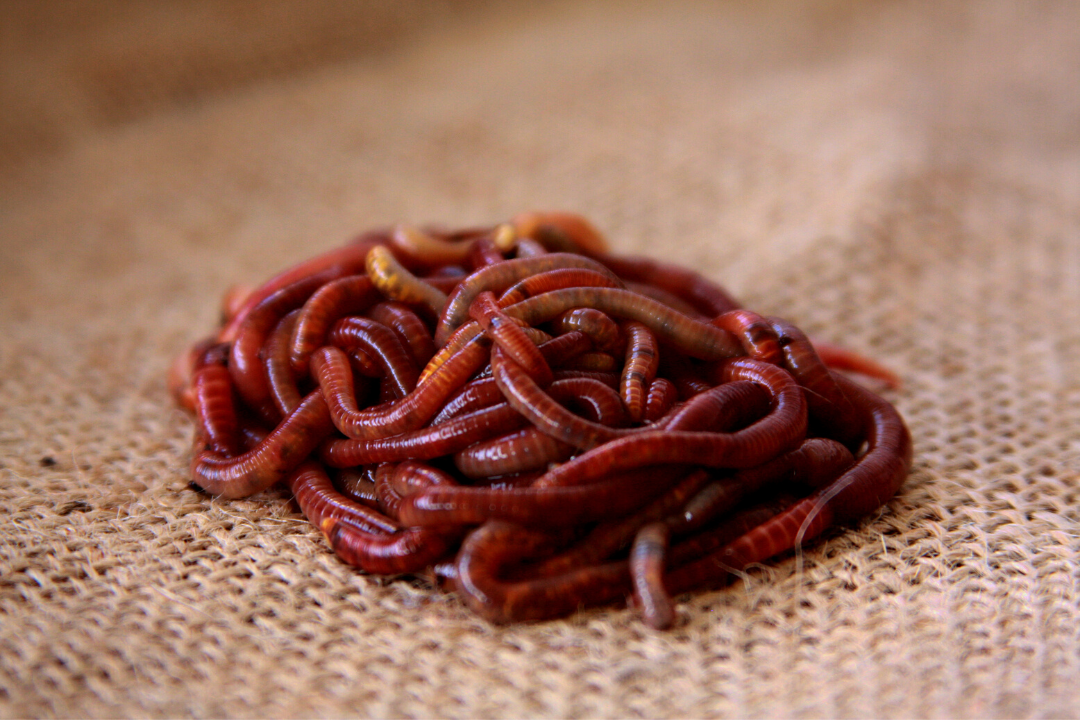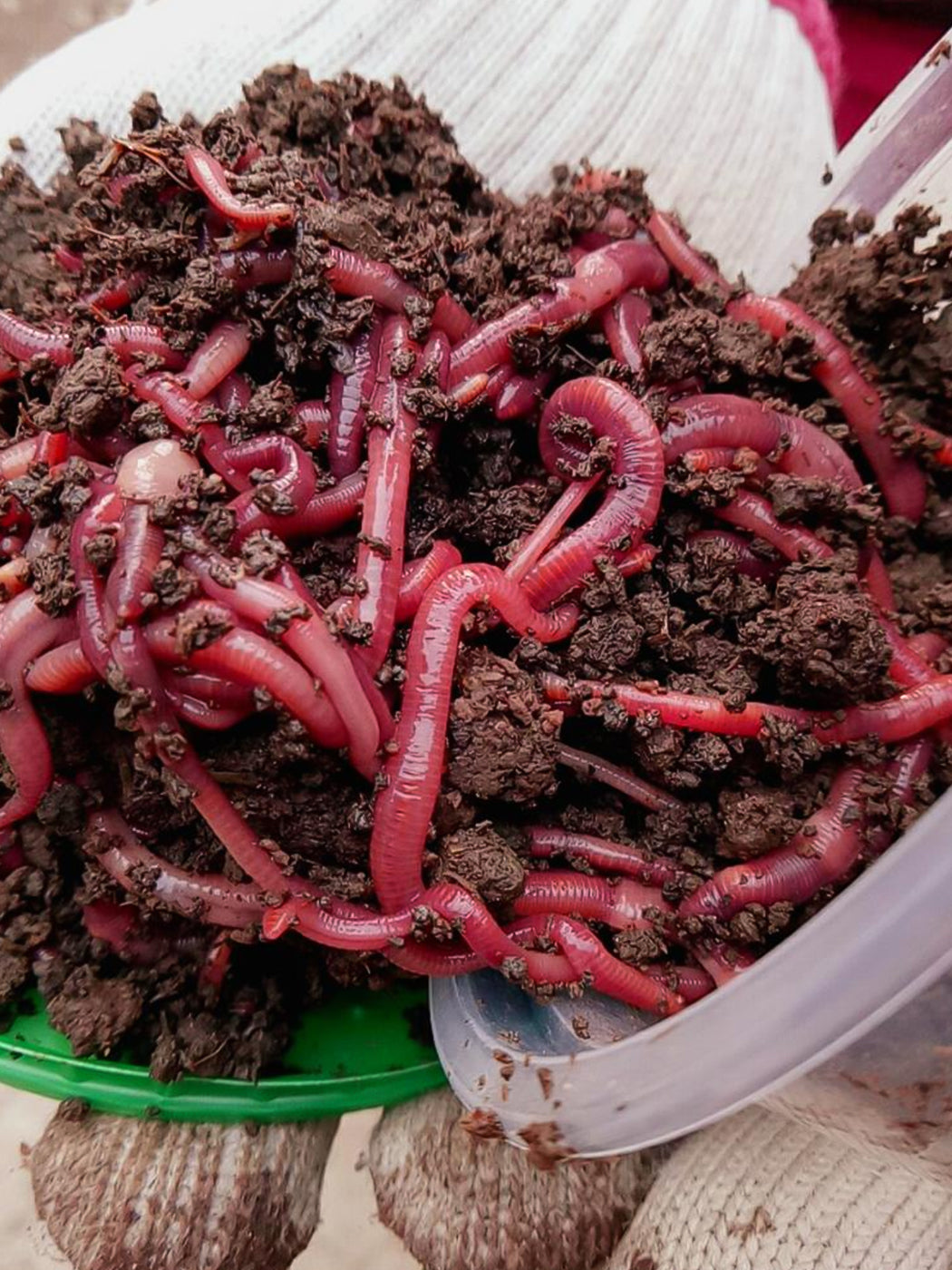The Secret to Lush Lawns Starts with Red Wiggler Express Lawn Care Services
Red Wigglers: The Unsung Heroes of Organic Waste Recycling
Red wigglers, or Eisenia fetida, offer as critical representatives in the natural waste reusing process, changing discarded products right into valuable vermicompost. As the world increasingly seeks options to combat waste accumulation and boost agricultural efficiency, comprehending the function of these worms ends up being necessary.
What Are Red Wigglers?
The remarkable strength of red wigglers, medically called Eisenia fetida, underscores their vital role in organic waste recycling. These small, reddish-brown earthworms are commonly located in decaying natural matter, such as compost heap and manure stacks. Lake Hickory Bait. Unlike various other earthworm types, red wigglers grow in nutrient-rich environments and are very effective at breaking down natural products, making them crucial for vermicomposting

(Red Wiggler Express)In enhancement to their role in waste decrease, red wigglers add to soil health by enhancing soil framework and oygenation with their delving tasks (Lake Hickory Bait). Their presence in composting systems not only enhances disintegration rates however likewise promotes a sustainable strategy to throw away administration, illustrating their significance in eco-friendly preservation initiatives
Advantages of Composting With Worms
Composting with worms, particularly red wigglers, offers numerous advantages that improve both waste administration and soil health and wellness. Initially, these worms effectively damage down natural waste, transforming it into nutrient-rich vermicompost that enhances soil. This procedure increases disintegration, permitting a quicker recycling of cooking area scraps and various other organic materials contrasted to standard composting approaches.
In addition, the vermicompost created by red wigglers is including useful microorganisms, which assist improve dirt framework, aeration, and moisture retention. This enhances the total health and wellness of plants, promoting vigorous development and increased yields in gardens and agricultural setups. The use of worms in composting minimizes the manufacturing of greenhouse gases, such as methane, contributing to a much more sustainable waste administration system.

Exactly How to Beginning Vermicomposting
Developing a vermicomposting system is a straightforward process that can produce substantial benefits for both waste management and soil enrichment. To begin, choose a suitable container, such as a plastic container or wooden box, with ample air flow holes to make certain proper air movement. The measurements should preferably be about 2 feet by 3 feet, allowing sufficient area for the worms to prosper.
Following, prepare go to the website bedding material, which can include shredded newspaper, cardboard, or coconut coir. This bed linen ought to be moistened to develop an ideal habitat for the worms. As soon as the bed linens is in location, present red wigglers (Eisenia fetida) into the bin, normally around one extra pound of worms for every square foot of surface area.
Following the positioning of worms, add organic waste, such as fruit and veggie scraps, coffee grounds, and crushed eggshells. With these actions, you will properly start a vermicomposting system that contributes to sustainable waste management and improves your soil.
Preserving a Healthy Worm Container
(Red Wiggler Express)Keeping a worm container growing requires routine focus and like ensure the wellness of the red wigglers and the performance of the composting process. Proper upkeep begins with checking the dampness levels; the container ought to perspire but not saturated. An excellent guideline of thumb is to keep a consistency similar to a wrung-out sponge.
Oygenation is essential. Carefully blending the bedding and food scraps every couple of weeks prevents compaction and makes sure that all worms have accessibility to oxygen. Additionally, it is very important to feed the worms appropriately. A balanced diet plan of fruit and veggie scraps, coffee premises, and crushed eggshells need to be provided in small amounts to stay clear of overfeeding, which can lead to odors and bugs.
If the bin becomes as well hot or cool, the worms might come to be worried. By faithfully managing these aspects, one can maintain a durable and effective worm container.
Effect On Lasting Living
The effective maintenance of a worm bin not only benefits the wellness of red wigglers however additionally adds considerably to sustainable living practices. By reusing natural waste, such as cooking area scraps and lawn debris, red wigglers aid draw away substantial quantities of material from landfills. This reduction in waste not only lowers greenhouse gas discharges but additionally lessens the ecological concern connected with waste administration.
Furthermore, the spreadings produced by red wigglers work as a nutrient-rich natural fertilizer, boosting soil health and advertising plant development. This natural choice to chemical fertilizers supports lasting agriculture and horticulture methods, reducing dependence on artificial inputs that can harm ecological communities. Furthermore, worm composting cultivates understanding of waste administration, urging individuals and areas to adopt even more sustainable behaviors.

Verdict
In recap, red wigglers act as vital contributors to natural waste reusing via their efficient decomposition of organic materials. Their ability to create nutrient-rich vermicompost improves dirt health and wellness and supports sustainable agricultural methods. By integrating vermicomposting into waste administration techniques, individuals and communities can considerably decrease waste while promoting environmental sustainability. The role of Eisenia fetida in cultivating healthy and balanced ecological communities emphasizes the relevance of these microorganisms in accomplishing sustainable living and enhancing soil fertility.